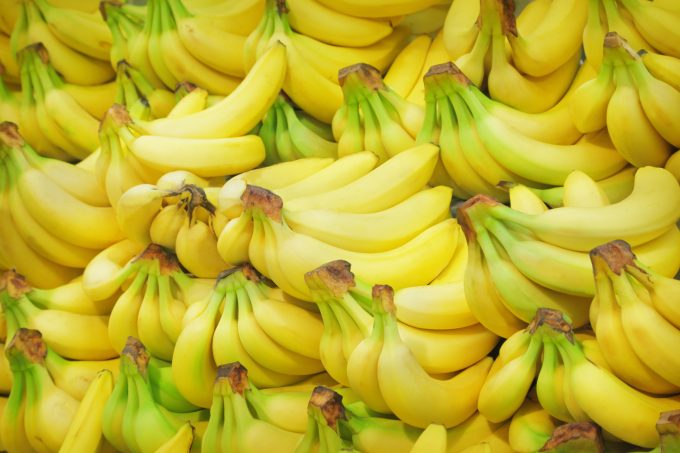Indian coastal freight attracts major carriers, but regional tension disrupts
India’s growing coastal freight demand looks like the next target for foreign container lines amid ...

Banana growers are turning to container lines for spot market shipping, helping to further erode market share from specialised reefer ships.
While the volume of bananas available to trade on the spot market is diminishing every year, with producers looking to minimise risk through fixed contracts, ...
CMA CGM South Korean staff strike over bonuses after bumper 2024 profit
MSC switches two more Asia-Europe port calls from congested Antwerp
CMA airline returns two freighters, while ANA takeover of NCA looms
Front-loading frenzy has made traditional H2 peak season 'unlikely'
Nightmare for Bangladeshi exporters as congestion and tariffs bite
Tradelanes: Export boom in Indian sub-continent triggers rise in airfreight rates
Carriers introduce surcharges as congestion builds at African ports
Mexican airport modernisation plan unlikely to boost cargo facilities

Comment on this article